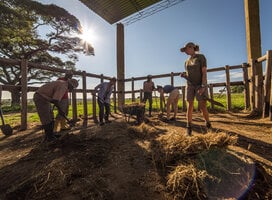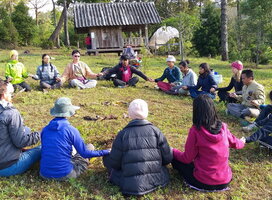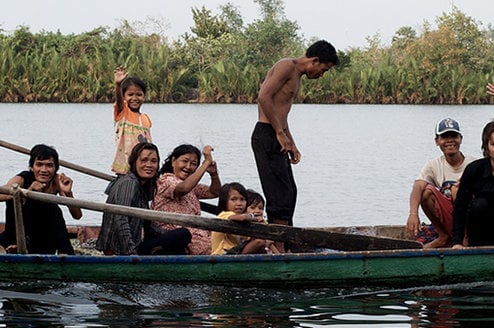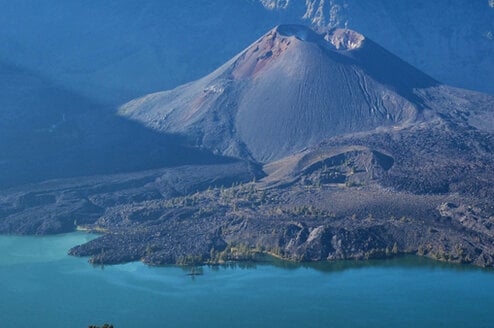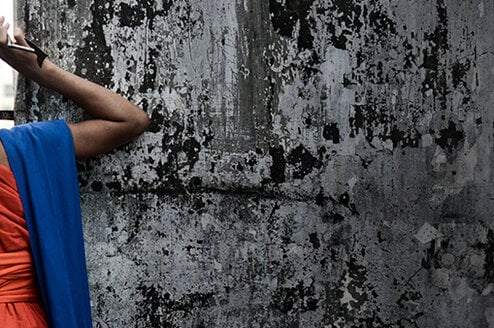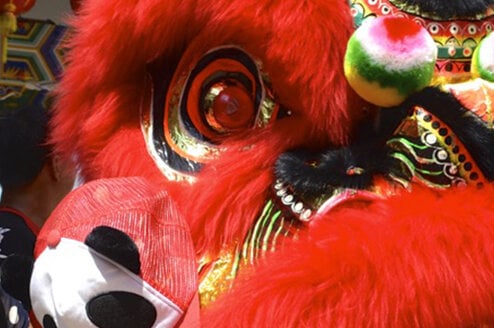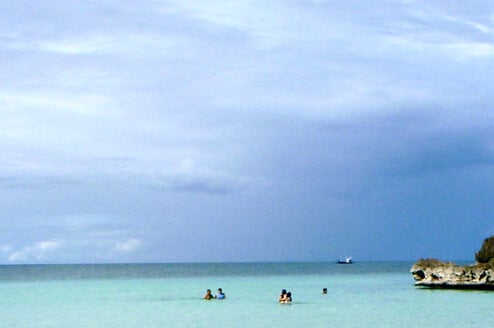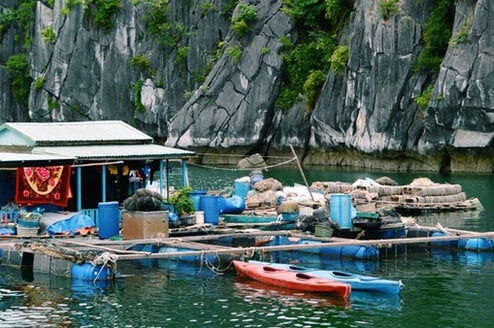Gap Year Programs in Southeast Asia
South East Asia – a cluster of countries nestled between the Indian and the Pacific Ocean is one of the most popular gap year destinations. From volunteering and studying abroad to adventure traveling, you’ll find it all here. A perfect cultural experience will welcome you and take you out of your comfort zone at the same time. Prepare yourself for the ride of your life. Go open-minded and it will change you forever.
Volunteering
South East Asia is one of the biggest volunteering hubs in the world. With so many developing countries clustered together you can find the perfect place to utilize your skills whether in the medical field, nature preservation, teaching and supporting local communities.
Every Southeast Asian country has their own dedicated organisations looking after volunteering projects. They can vary from just a couple of weeks to several months. Make sure you do your research, join message boards and volunteering forums to get more information before making that important decision on selecting the right opportunity for yourself.
Adventure Travel
What a place Southeast Asia is for all the thrill seekers out there. From zip line adventures in the rain forest canopy in North Thailand and Laos to motorcycling through rural Cambodia. Elephant carer courses and trekking through tribal villages are also popular adventures out there. You’ll find it all in South East Asia. Whether you do it yourself or go for an organized package option you won’t be disappointed.
Traveling
South East Asia (together with parts of India) has been named The Banana Pancake Trail for a reason. One of in not the most popular gap year destinations attracts thousands of backpackers of all ages every year. There isn’t another part of the world that combines such a broad mixture of mesmerizing tropical islands, beautiful hills and rain forest covered mountains to trek in and hustling and bustling cities to lose yourself in. And with the added bonus of being relatively inexpensive, what more can you ask for? And if you’re willing to do a bit of research, you’ll even find some hidden and unexplored spots that you can keep as your little travel secrets!
Studying
From local cuisine cookery schools, local massages (each SE Asian country has their own traditional technique), yoga and meditation to Muai Thai boxing courses there are plenty of options to chose from.
Whether just a holiday course or a university education is what you’re after in SE Asia, there are options for everyone. Make sure you check out some of the Go Overseas study abroad guides (Thailand, Cambodia, Vietnam) to get a better picture and understanding of what’s available in each country.
Visas
It is always a good idea to carry a few spare passport photographs and have American dollars with you to pay any visa application fees. Some of the South East Asian countries offer a 30 day (Thailand, Malaysia, Singapore) or 21 day (Philippines) visa free stay on arrival (conditions may change while entering overland) to American and most European passport holders. If in doubt please check with the country’s immigration or a local embassy or consulate.
- Burma requires advanced visa and for most countries’ citizens (apart from China)
overland entry is prohibited (some exceptions apply, please check with your local embassy or consulate for details). - Laos has a complicated entry fee system with different fees applying to different
nationals. Prepare yourself for a fee between $30 - $42. There also may be small additional charges for an entry stamp being put in your passport. You also need photographs to include in your application. - Vietnam requires advance visa application that can be made by mail or in person. Applicants require valid passport, application form, correct application fee and 1 photograph (2in x 2in). There are several visa options including single and multiple entry and the correct fee can be confirmed with your local embassy or consulate.
- Cambodia: All travellers except citizens of Singapore, Indonesia, Malaysia, Philippines, Vietnam Thailand and Laos need a visa to enter the Kingdom of Cambodia. Tourist visas are valid for 30 days and the official price is $20. However this may vary if you are using agencies when crossing over land from any of the neighboring countries. If issued in advance, Cambodian visa will be valid for 90 days. To apply you will need one or two passport photographs. This depends on where the application is made. There’s also an option to apply for an e-visa in advance.
- Indonesia allows citizens of 64 countries to apply for a 30 day visa on arrival. The cost is $25. Extension for up to 30 days is possible at an additional fee of $25. Citizens holding passports from outside the 64 country list will have to apply in advance.


